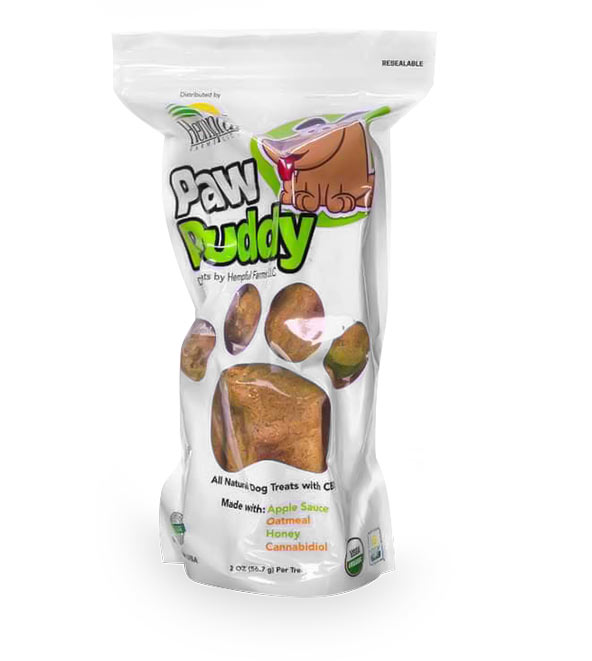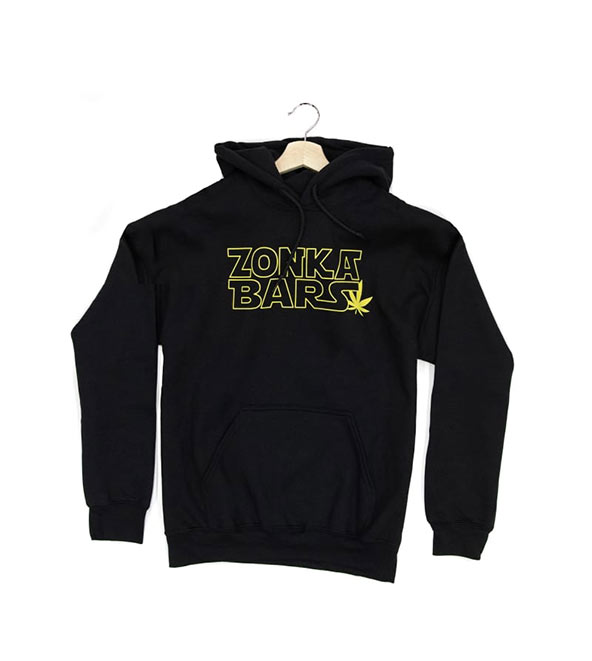Oils, oils, oils… Part One

Oils, oils, oils… Part One
CBD oils have flooded the market and it can be difficult navigating the vast sea of options. To be frank, not all CBD oils are made equally. In this post we’ll discuss the different types of CBD oil out there, so that you can make a more informed choice when it comes to selecting an oil that best suits your needs.
When choosing your oil you want to start by ask two questions: First, what kind of method was used to create the CBD extract? Second, what is the carrier oil that the extract is suspended in? Being able to answer these two questions will help navigate you through your oil selection. Since each question requires a lengthy answer, our “Oils, oils, oils” post is divided into two parts; part one we’ll focus on the most common forms of extraction used to make CBD oils on the market. Part two we’ll discuss the different carrier oils.
Have you have heard of the term ‘Full Spectrum’? When an oil claims to be full spectrum what they are referring to is the fact that the extraction used in this oil contains all the naturally occurring constituents pressed from the CBD-enriched portion of the hemp plant (aka flower/bud). What are naturally occurring constituents? When oil is pressed from hemp flower it contains an array of compounds, such as other cannabinoids, terpens, fatty acids, essential vitamins, minerals, the list goes on… but the important part is that full spectrum means that the extract contains the full spectrum of naturally occurring plant constituents.
Lots of people are surprised to hear that CBD is one of many cannabinoids found in hemp. In fact science has identified over 100 different cannabinoids. While CBD is the most abundant and well-studied cannabinoid in hemp oil, other less common cannabinoids include cannabigerol (CBG), cannabinol (CBN), and cannabidiolic (CBDa) to name a few. Research into these other, non-CBD cannabinoids, have shown that they too offer a wide variety of health benefits. The benefit of using a full spectrum help oil lies in what is known as the entourage effect. The basic premise of the entourage effect is that CBD is more active, capable, and overall stronger in its ability to bring relief to the body when it is ingested with all the compounds that it naturally occurs with. It’s as though the other compounds are CBD friends and they are stronger when working together.
A limitation with full spectrum oils is that they can only reach a certain level CBD concentration. In order to provide oils that have a higher concentration of CBD, such as Hempful Farms 1100mg oil, there has to be another extraction method used. Here we enter into the world of CBD ‘distillates’. As the name suggests distillates refer to CBD extracts that use method of distillation. In general, the process of distillation reduces the amount of constituents in an extract. Where as full spectrum oils contain all naturally occurring oil constituents, distillates reduce an extract so that only cannabinoids remain. All other constituents, such as terpens, minerals, fatty acids, and vitamins are removed. As a result you end up with an extract with a higher concentration of CBD.
After distillates are extracts known as ‘isolates’. Isolates refer to extraction techniques that isolate individual CBD molecules from full spectrum oils, so that in the end you end up with a product that contains purely CBD and no other cannabinoid. The benefit of isolate products is that you get to receive high concentrations of pure CBD extract.
Lastly, we’ll address a new form of CBD extract that is gaining in popularity. Known as nano-emulsified CBD, also called nanotech-CBD, nano-CBD, nano-concentrate, or water-soluble CBD. Nanotechnology simply means working with really small particles. Normally CBD extracts are measured in milligrams (mg), but with nanotechnology the CBD molecule is broken down to be much smaller and is measure in nanograms (1milligram = 1,000,000 nanograms). What’s the benefit of doing this? When CBD is broken into a nano-sized molecule it can be emulsified into a water matrix. Kind of like how oil and vinegar salad dressings are made. When emulsified into a water matrix the nano-CBD particles can enter the bloodstream more easily and therefore be more readily absorbed by the body. Hence, the benefit of Nano-CBD is higher bioavailability.
This concludes part one of our journey through Hemp oils. Stayed tuned for next week’s installment where we dive into the carrier side of CBD oil products.
Back to Blogs





